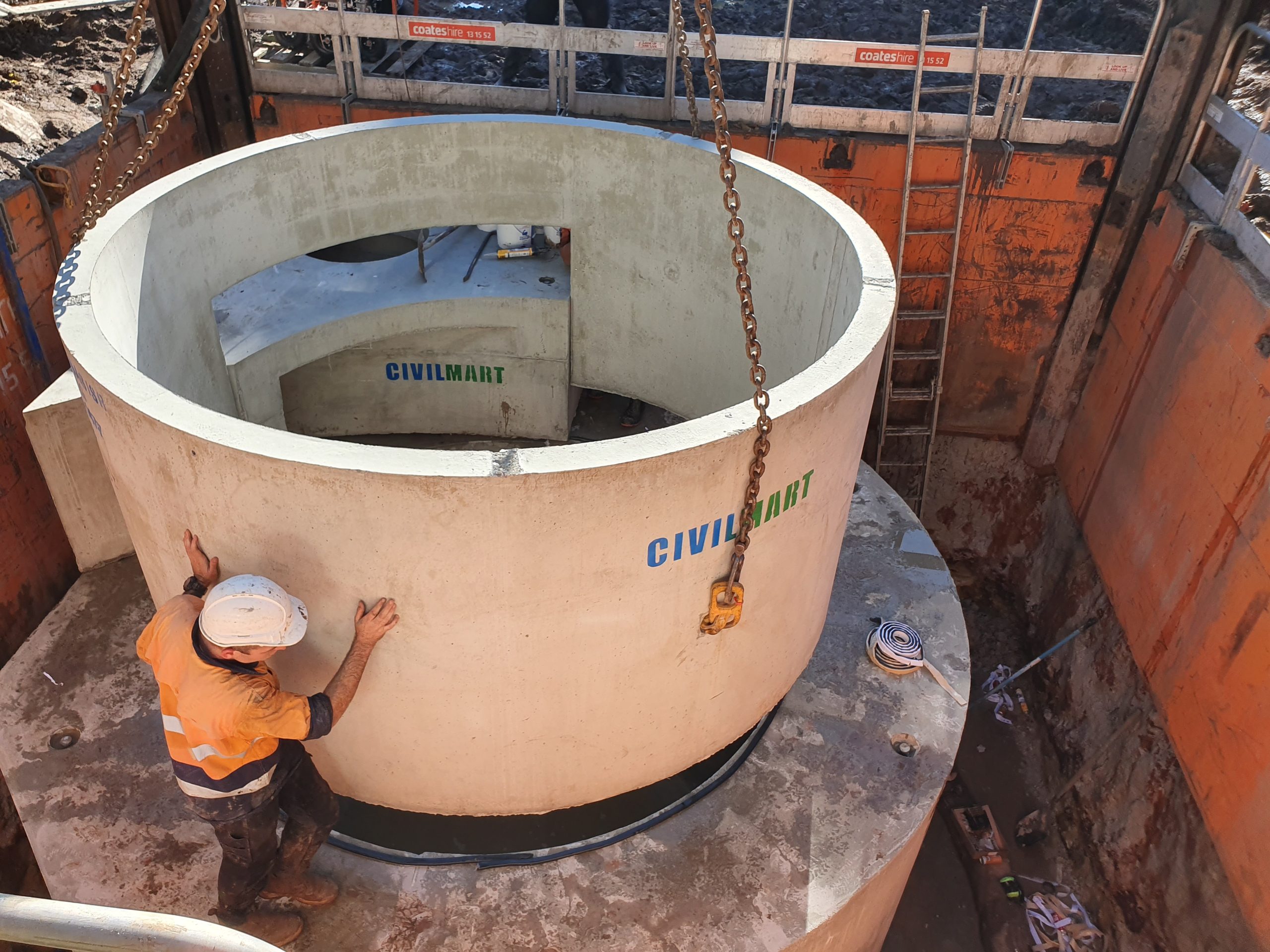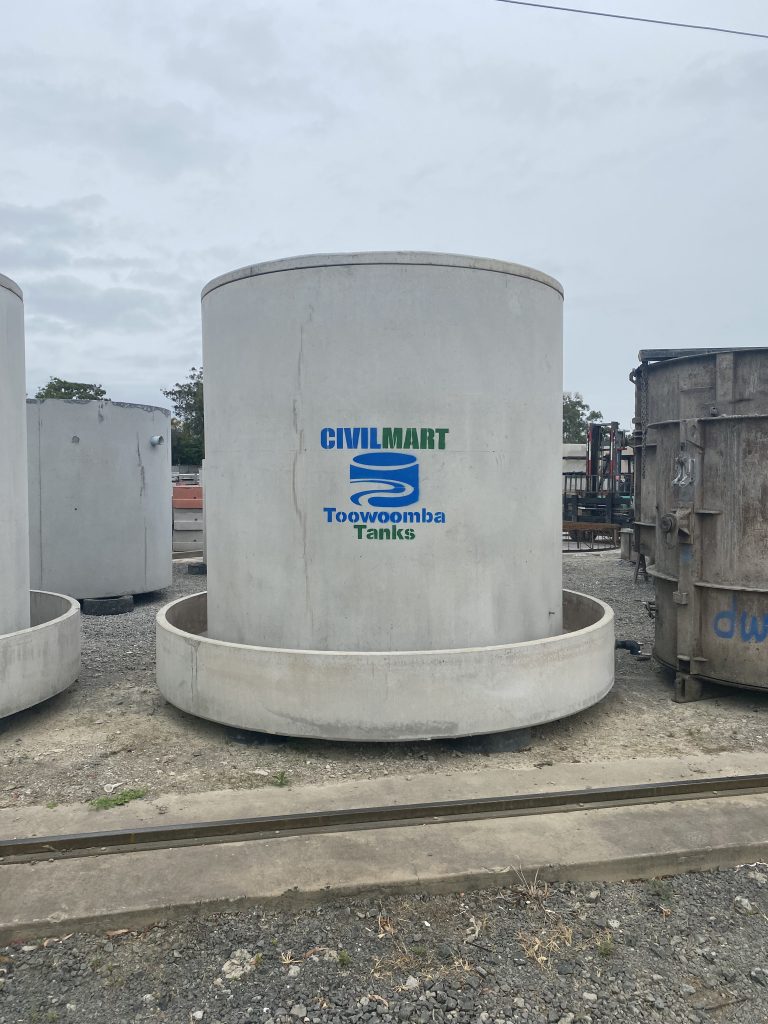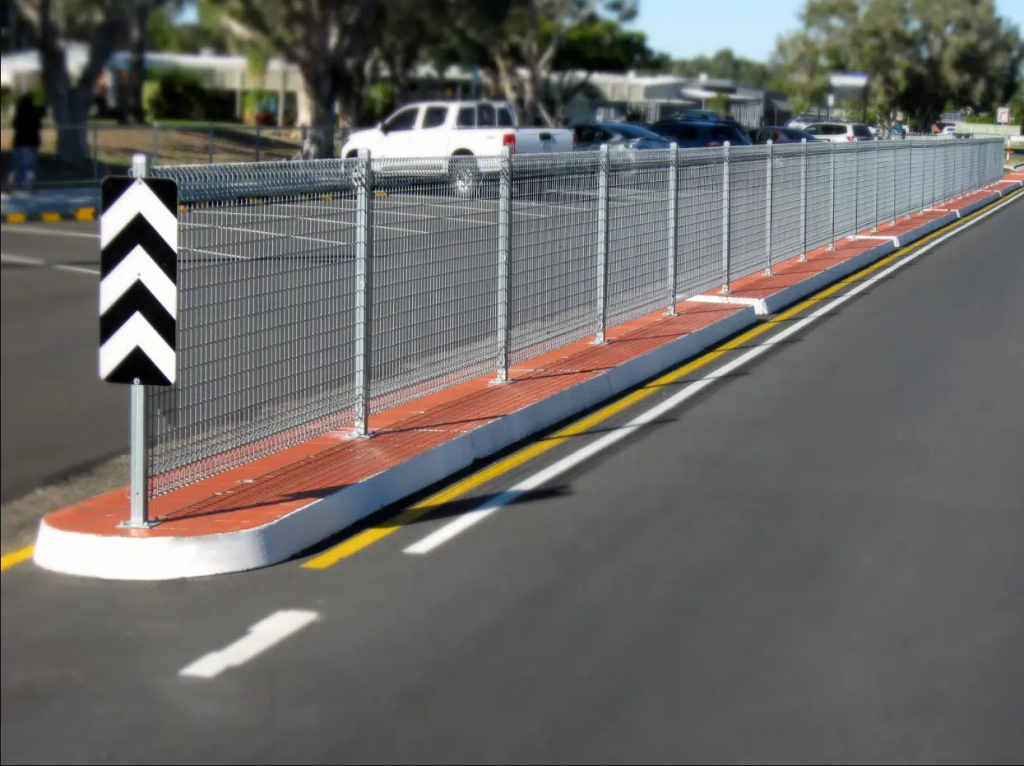Gross pollutant traps (GPTs) are an essential part of any stormwater drainage system because they help protect the environment and our precious water resources. In this comprehensive guide, we explain what gross pollutants are, what to look for in a gross pollutant trap and their role, how they work, and how to clean and maintain one. All the information you need in fact to make an informed decision about your purchase of a GPT.
What are Gross Pollutants?
Gross pollutants are visible pollutants like waste plastics, tins and cans, cigarette butts, tyres, construction debris, and so on. They are commonly found fouling up water systems (rivers, creeks, oceans, lakes etc), along road verges, and blowing around in the air. Often non-biodegradable, these pollutants can hang around in the environment for a long time. In particular, they pose a serious threat to the environment, to our marine and wildlife, and to our own health and wellbeing. They also degrade the aesthetic value of our environment. Disposing of gross pollutants correctly and efficiently is therefore crucial.
More specifically, gross pollutants can:
- Have an adverse environmental impact if they block waterways and disrupt water flow causing local flooding.
- Pose a significant threat to marine/wildlife who get caught and entangled in rubbish, or ingest it.
- Release harmful chemicals and toxins into the water and surrounding environment as they decompose.
- Affect human health if they contaminate our drinking water sources
- Adversely impact air and water quality
- Create visual pollution, which downgrades the aesthetic value of urban environments, recreational spaces, and natural landscapes with corresponding effects on community health and business sectors like tourism.
This is where effective gross pollutant traps, like the Civilmart CleansAll® GPT, CDS® gross pollutant traps, and First Defense® High Capacity Separator, come in…
What is a Gross Pollutant Trap?
Gross pollutant traps are usually installed at the inlet of a stormwater drain to trap debris, sediments, and other ‘gross pollutants’ before they get into the stormwater system. There are various designs but generally, GPTs incorporate a system of screens, bars, grates, screening baskets, or baffles designed to capture the debris as the water flows through.
Some GPTs also have a chamber or settling basin that captures suspended sediments in the stormwater prior to it going through the screening mechanism. This helps keep the trap clear of sediment build-up and ensures the water that exits the trap is as clean as possible.
The Civilmart CleansAll® GPT in particular is a high-strength steel-reinforced concrete trap designed for residential subdivisions, commercial and industrial developments, and main stormwater drainage systems. Its sturdy collection baskets are made from stainless steel, ensuring a long, reliable service life. Independent laboratory testing and field trials have in fact demonstrated that the trap can remove over 98% of gross pollutants and oils, as well as 70% of sediment at design flows. In addition to the above applications, it also suits retrofitting to existing systems, and other applications primarily targeting gross pollutants, oils, and sediments.
Alternatively, the First Defense® High Capacity Separator by Hydro International is an advanced vortex separator designed to remove and retain debris, TSS, and hydrocarbons. It uses a low-energy vortex flow regime to direct sediment into the sump, while oils, floating rubbish, and debris rise to the surface. Applications include industrial sites, construction sites, car parks, streets, shopping centers, maintenance wash-down bays, and wetland protection.
The Step-By-Step Process of How a Gross Pollutant Trap Works
Simple yet effective in design, good GPTs are an efficient combination of gravitational sedimentation, physical filtration, and buoyancy skimming design.
How do gross pollutant traps work?
- Capture and Diversion: Stormwater runoff enters the GPT through a diversion or inlet. The diversion is specifically designed to redirect and alter stormwater flow and velocity into the trap before it enters the drainage or stormwater system.
- Sediment Settling: As the stormwater water enters the trap, the trap design slows the water flow to allow suspended sediment and finer particles to sink to the bottom.
- Debris Capture: Larger particulate matter, rubbish, debris, and other pollutants are caught in a trapping mechanism. This is where design is critical. The screens, bars, grate, or baffles must be correctly designed and spaced to ensure effective capture of pollutant materials.
- Skimming: Plastics, oils, and other light materials may float on the surface of the water in the trap. To prevent these escaping, some GPTs have floating booms, oil skimmers, or similar mechanisms that skim off or collect floating pollutants.
CDS® gross pollutant traps for example use patented indirect screening technology to capture and retain pollutants like litter, grit, sediments, and oils. Applications include residential subdivisions, commercial and industrial developments, stormwater drainage systems, stormwater harvesting projects, and combined sewer overflows.
- Filtration: Even after settling, debris capture and skimming, residual small particles and pollutants may still be present in the water. Some traps therefore have additional filtration mechanisms, like the Up-Flo® Filter by Hydro International Ltd, to help remove these before the water finally leaves the trap.
- Outlet and Flow Control: The now clean, or cleaner water, exits the trap through a special outlet system. The outlet, which may contain adjustable gates, weirs, or similar flow control mechanisms, allows treated water to leave the trap in a controlled flow whilst the pollutants remain in the trap.
- Cleaning and Maintenance: GPTs must be cleaned and maintained regularly to remain effective. This consists of periodic inspections, debris removal, and cleaning of the filtration components.
What Maintenance is Required For A Gross Pollutant Trap?
Debris and other materials build up in a GPT over time, and if not cleared away consistently, will cause blockages and overflow. Regular inspections– at least quarterly is recommended – are necessary to monitor the condition of the trap and its internal mechanisms, spot any potential maintenance or structural issues, and arrange for cleaning and repairs.
Gross pollutant trap maintenance involves:
- Checking debris and sediment accumulation and arranging removal as required to prevent blockages and overflow
- Inspecting structural integrity to ensure all parts of the trap are working effectively and aren’t blocked, broken, or deteriorating
- Monitoring water flow inlets and outlets to ensure there are no blockages, and that water is flowing in and out of the trap correctly
- Assessment, maintenance, and replacement of filters and trapping mechanisms as required to keep the trap working effectively
- Record-keeping to keep track of maintenance and cleaning schedules
How Do You Clean Gross Pollutant Traps?
Although it’s a good idea to implement a proper cleaning schedule for your GPT, some components may need more frequent cleaning than others depending on the location of the trap, the time of year, and water flow volume. This is where regular maintenance inspections come in.
Generally, gross pollutant trap cleaning involves:
- Removing sediment from the floor of the sediment or storage chamber,
- Clearing out debris and litter from the storage chamber,
- Ensuring water inlets and outlets are clear, and
- Cleaning or replacing filters and screens as necessary.
Removing sediment from the trap may only need to be done once or twice a year but will vary depending on how much sediment flows into it. Traps in areas where there is loose sand, dirt around will fill up with sediment much faster, and will therefore need more frequent cleaning than those that aren’t.
Clearing out the debris and solid pollutant material from the storage chamber can vary from quarterly to monthly depending on the capacity of the trap, and its location. Those in public spaces where there is a lot of litter and other pollutants will require clearing more often than one in a well-maintained park or private backyard for example.
Ensuring the water inlets and outlets are clear should be done as part of the regular maintenance inspections.
The maintenance inspections will also identify when filters and screening mechanisms need cleaning or replacement. In areas where a lot of debris and sediment flows into the trap, this may be a monthly occurrence. Those in relatively litter and pollutant free areas may only need cleaning every quarter.
Why Choose Civilmart for Your Gross Pollutant Traps?
With decades of experience in the industry, Civilmart provides a complete GPT design service that considers the water catchment characteristics, pollution load, hydraulic site constraints, system capacities, velocity, backwater, and cleaning access. We are also the only Australian distributors for the Civilmart CleansAll® GPT, First Defense® High Capacity Separator, CDS® gross pollutant traps, and Up-Flo® Filter systems. So why not make us your first choice for a gross pollutant trap Australia-wide. Contact the experienced team at Civilmart today for reliable, durable gross pollutant trap systems.




